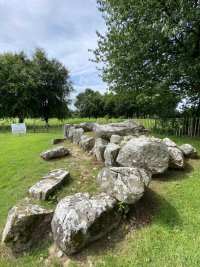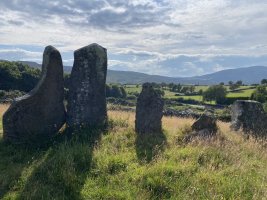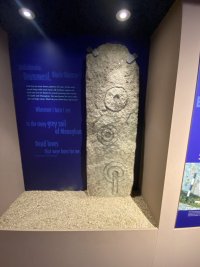Idris2002
Stay Alive in '25
An important stone at Stonehenge came from Scotland, apparently:

 www.nature.com
www.nature.com
Important because it indicates a greater level of social complexity than we might otherwise have supposed.

A Scottish provenance for the Altar Stone of Stonehenge - Nature
Mineral ages and chemical analysis of fragments of the Altar Stone from the Neolithic stone circle at Stonehenge suggest that it was transported from northeast Scotland, more than 750 km away, probably by sea.
Important because it indicates a greater level of social complexity than we might otherwise have supposed.














